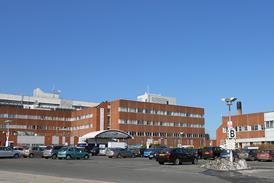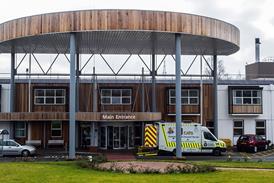Spending review reveals '21 per cent cut' to non-NHS England health budgets

The removal of protected status from all Department of Health budgets not controlled by NHS England will see the pot of money that pays for health education, public health, and capital projects subjected to huge cuts over the coming half-decade.
You need to be a subscriber to read more

Subscribe for unlimited access
With a HSJ subscription you’ll unlock:
- All HSJ news by sector, topic & region
- Breaking News announcements
- App for mobile and offline reading
- Comment and Daily Insights newsletters
- Regional roundup newsletters
- Unrestricted access to ‘Ask HSJ’ - AI assistant - AI assistant
- 10 expert briefings every fortnight (Premium only)
Already a subscriber? Sign into your account here




















